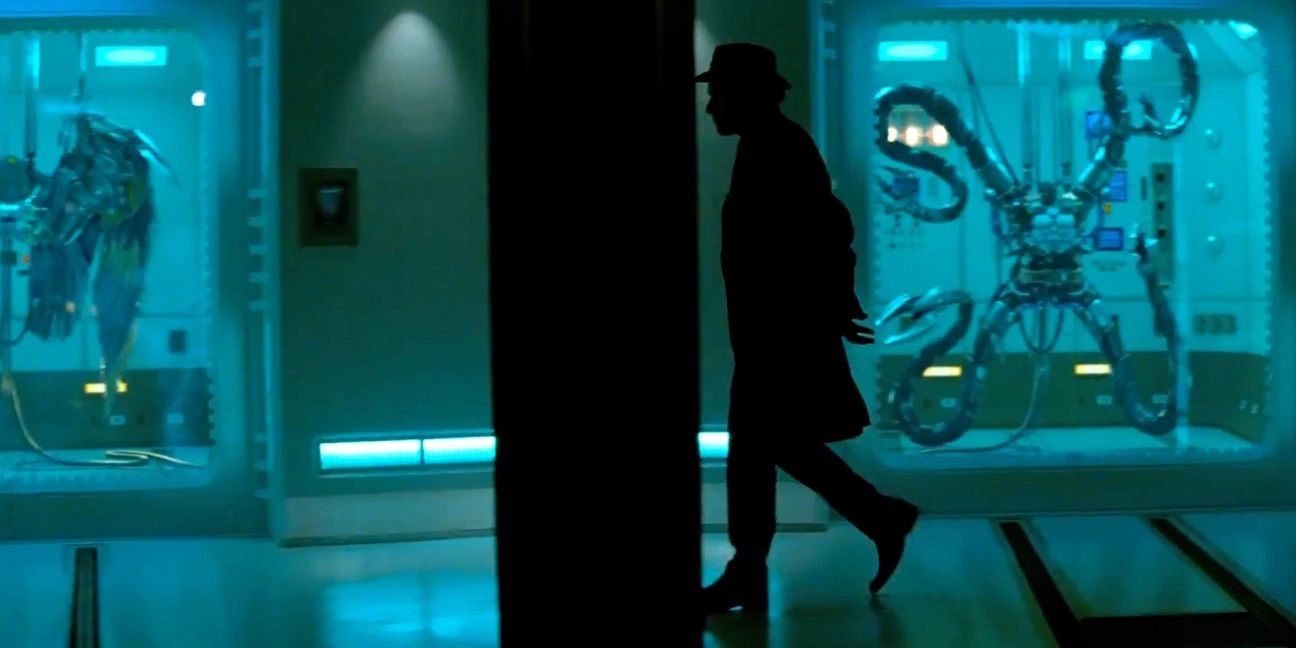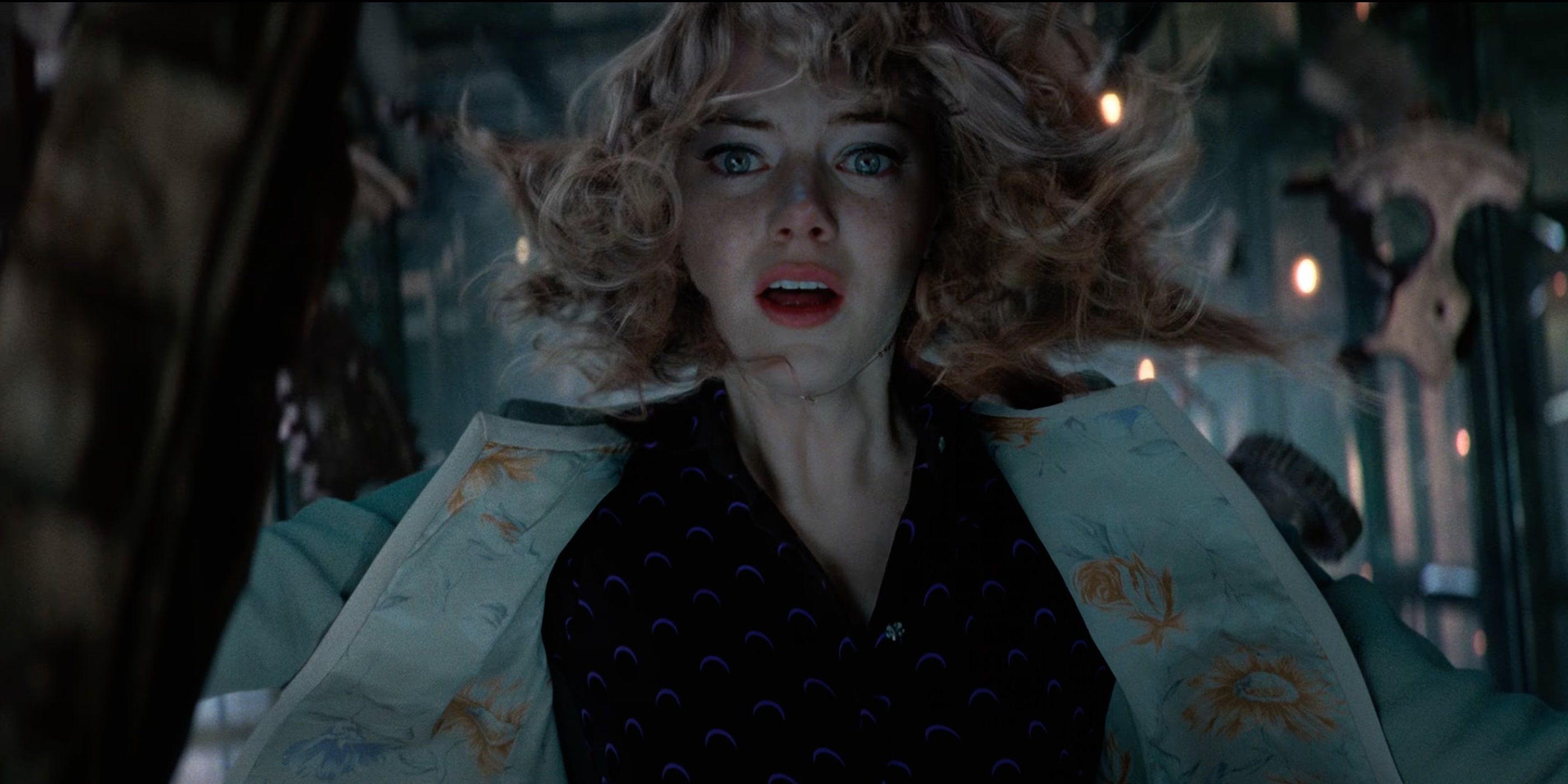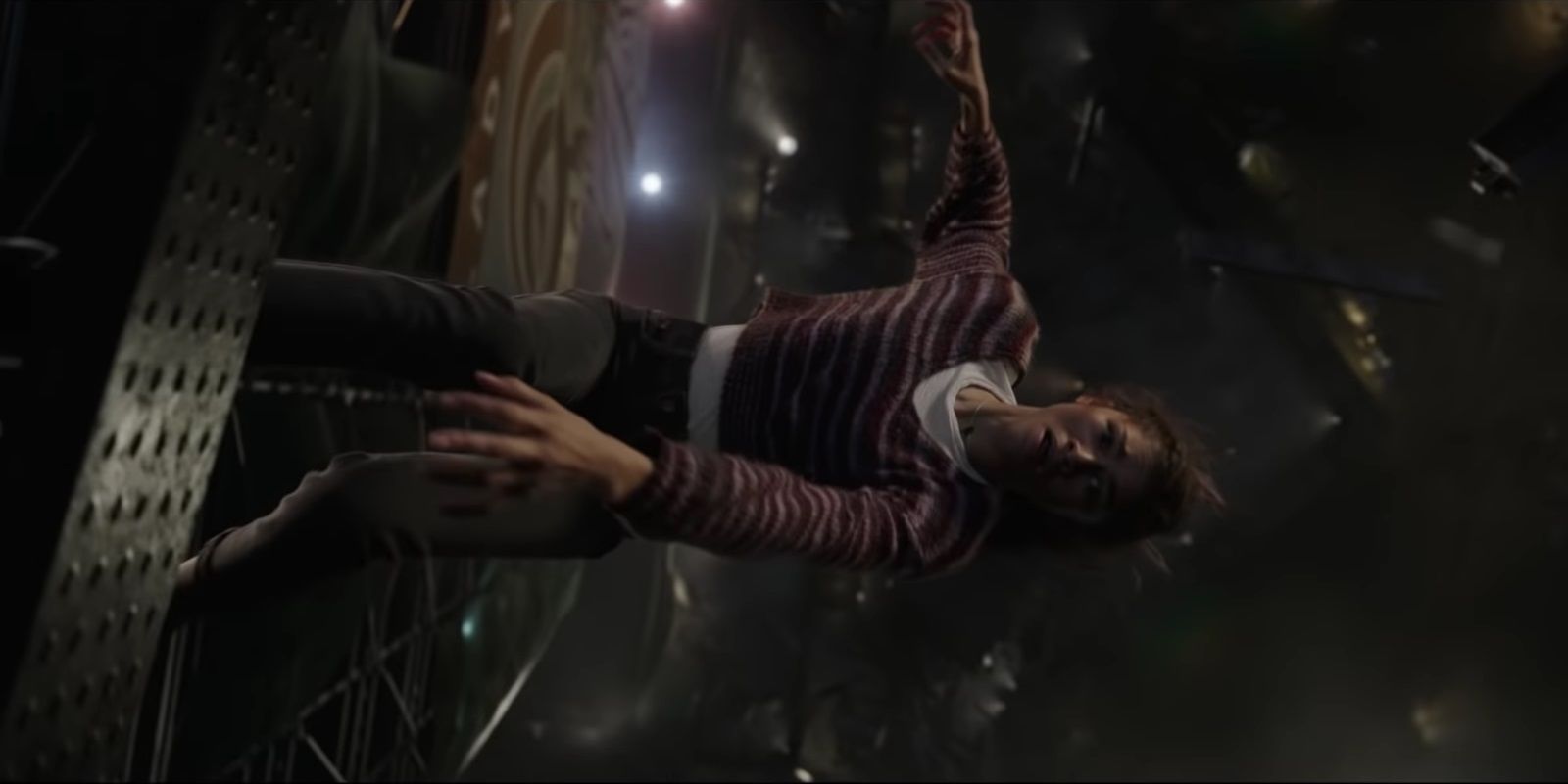This article contains major spoilers for Spider-Man: No Way Home
The MCU’s latest ambitious franchise crossover – possibly its most ambitious to date – has finally arrived in theaters. Spider-Man: No Way Home has been breaking box office records across the world and its execution of the quirky, self-aware premise has won over even the snarkiest of critics. A huge part of what makes No Way Home work so well is its unwavering focus on Tom Holland’s Peter Parker and the culmination of his overarching journey as a superhero.
But director Jon Watts also finds just enough time to provide emotional closure for the other two returning Spider-Men. After months of speculation, rumors, and leaked set photos, Tobey Maguire and Andrew Garfield’s Peter Parkers made a triumphant comeback around the midpoint of No Way Home. As Ned tries to use Doctor Strange’s ring to conjure up his best friend, he accidentally welcomes two multiversal variants of Peter into his grandmother’s living room.
Both Maguire and Garfield’s Spider-Men bolster their respective character arcs with a handful of key new moments. Maguire’s Spidey acts as a wise mentor to his two younger counterparts and saves Holland’s Spidey from making the biggest mistake of his life. But that felt more like a victory lap than a necessary continuation of his story, because Sam Raimi got the opportunity to complete his trilogy and, with it, the arc of his incarnation of Spider-Man. Garfield’s Spidey needed No Way Home more than Maguire’s, because his Amazing Spider-Man series was cut short.
Why Was There No Amazing Spider-Man 3?
When The Amazing Spider-Man first hit theaters in 2012, it was a box office success – grossing over $750 million worldwide – but received mixed reviews. Some critics decried the film’s Batman Begins-esque darker, grittier tone, while others felt that a retelling of Spidey’s origin story was unnecessary so soon after the conclusion of Raimi’s trilogy. Still, despite this lukewarm response, Garfield’s performance was widely praised.
In response to critics of the first one, 2014’s The Amazing Spider-Man 2 returned to the lighter tone of the Raimi films – and, sadly, also returned to a lot of the same mistakes that Spider-Man 3 made. With Electro, the Rhino, and the Green Goblin all chasing after Spidey, The Amazing Spider-Man 2 was overstuffed with villains. The conspiracy theory surrounding Peter’s parents felt forced and unnecessary (and didn’t help that bloated runtime).
The closing moments of The Amazing Spider-Man 2 teased the formation of the Sinister Six, seemingly setting up The Amazing Spider-Man 3. But the planned third Amazing Spider-Man film never got made, so Garfield’s Spidey arc was left unresolved. When Sony negotiated with Marvel Studios to introduce Spider-Man into the Marvel Cinematic Universe, there was a brief discussion about bringing in Garfield before the creative powers decided to recast with a younger actor and make the MCU’s Spidey a new, rebooted version of the character (giving moviegoers their third version of Spider-Man in less than a decade).
The Unresolved Storylines Of The Amazing Spider-Man 2
While Holland’s Spider-Man has since become a beloved version of the character and his MCU solo movies have arguably all been much stronger comic book movies than either of The Amazing Spider-Man films, it’s always been a shame that Garfield’s tenure in the role was cut short. There were some missteps in the storytelling, like the infamous “Spider-stalking” subplot, but his performance always embodied Peter’s warmth and sensitivity beautifully.
It’s hardly disappointing that audiences won’t get to see how the conspiracy with Peter’s parents turned out, but The Amazing Spider-Man 2 left a huge plot thread hanging: Gwen Stacy’s death. After defeating the sequel’s many villains, Spidey slings a web to catch a falling Gwen, but the web catches her a millisecond too late. Her head snaps back, hits the ground, and she dies instantly. It was a shockingly dark moment and the following mourning montage showed the profound effect it had on Peter. When Sony canceled The Amazing Spider-Man 3, it seemed unlikely that this storyline would ever be wrapped up. But No Way Home has finally provided some much-needed emotional closure on this plot point.
No Way Home Redeems Garfield’s Spider-Man’s Worst Mistake
When Maguire and Garfield’s Spider-Men track down Holland’s Spidey to the roof of his high school, they each impart all the wisdom they have to offer. Maguire tells him about the time he let Uncle Ben’s suspected killer die and reaffirms the “With great power comes great responsibility” wisdom introduced to the MCU by Marisa Tomei’s Aunt May. Garfield tells him about the guilt he felt over Gwen’s death.
His following monologue offers a glimpse of what The Amazing Spider-Man 3 might have explored, and it sounds like it could’ve been even darker than the first one. He explains that he tried to go back to doing what he does best – fighting crime as Spider-Man – but his superhero career began to falter when the rage he felt from Gwen’s death took over.
During No Way Home’s final battle, Zendaya’s MJ falls from the top of the Statue of Liberty. Holland’s Spidey swoops in to save her, as he’s done many times before, but he’s pulled away by the Goblin before he can catch her and she continues falling to her death. Garfield’s Spidey instinctively jumps in, catches MJ, and swings her to safety. MJ doesn’t realize the significance of this moment, but the audience certainly does. The look on Garfield’s face – like a huge weight has been lifted from his shoulders and he can finally see the light again – is the perfect emotional climax for his stalled character arc.

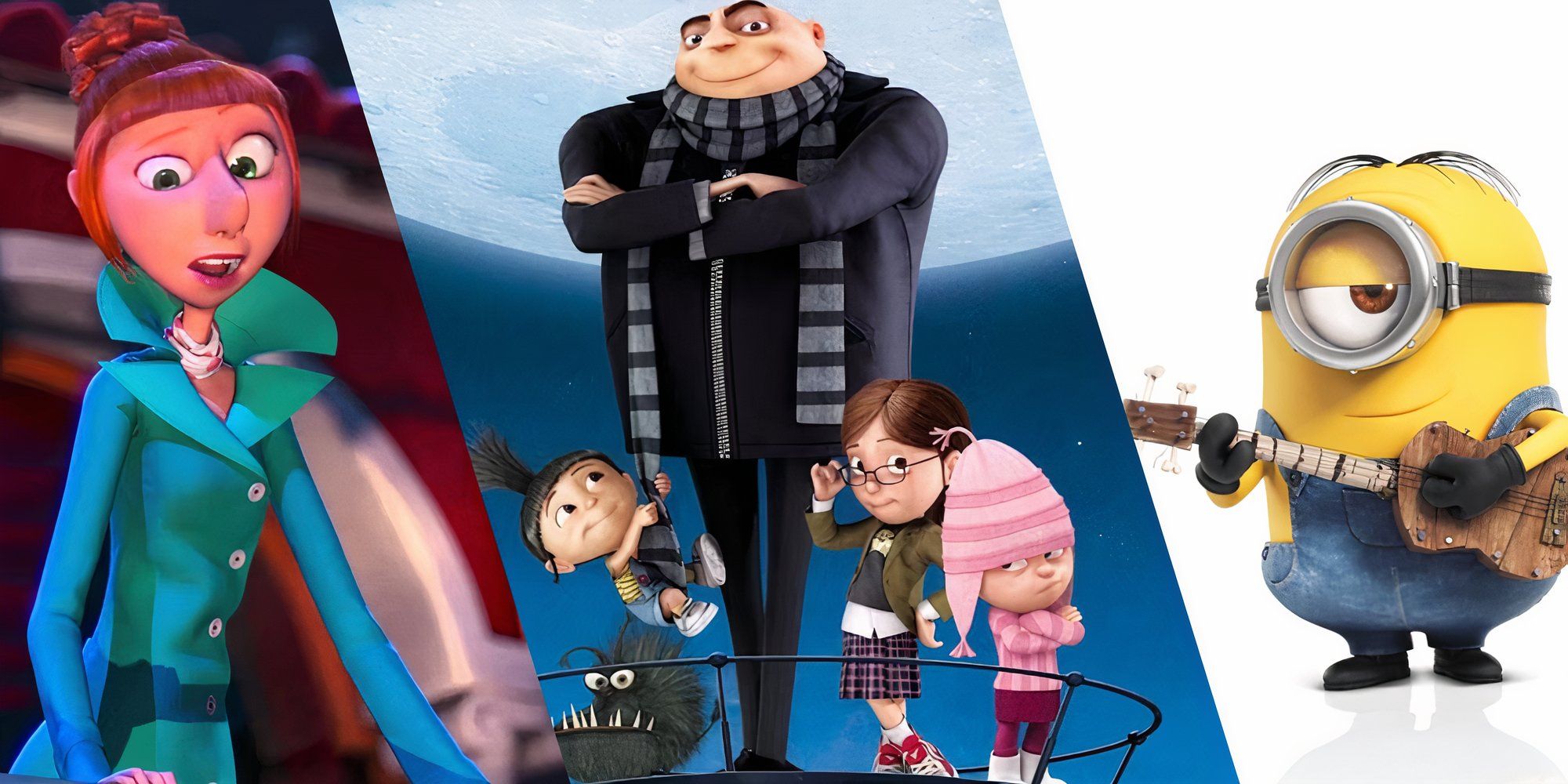
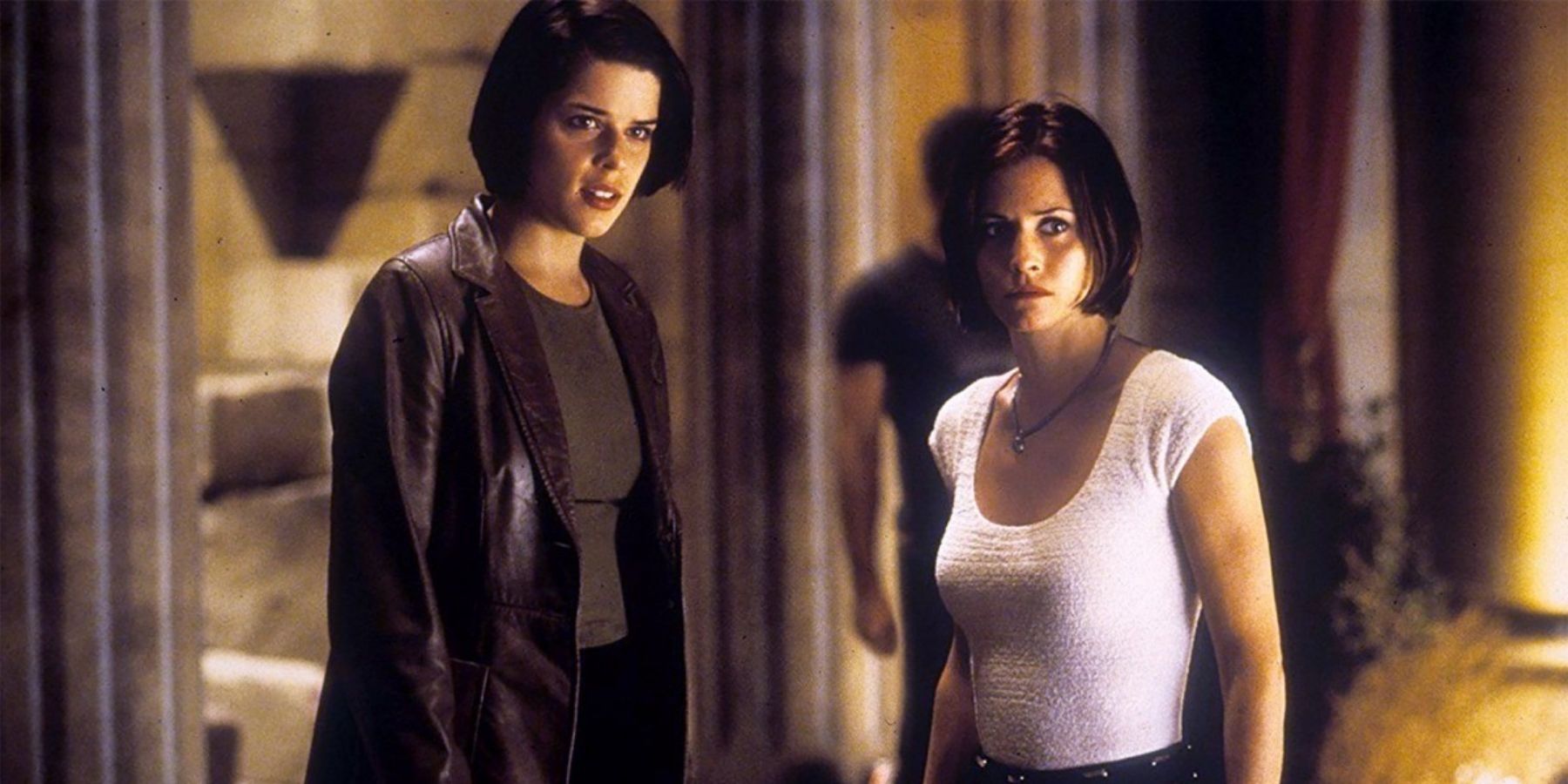

-1.jpg)
